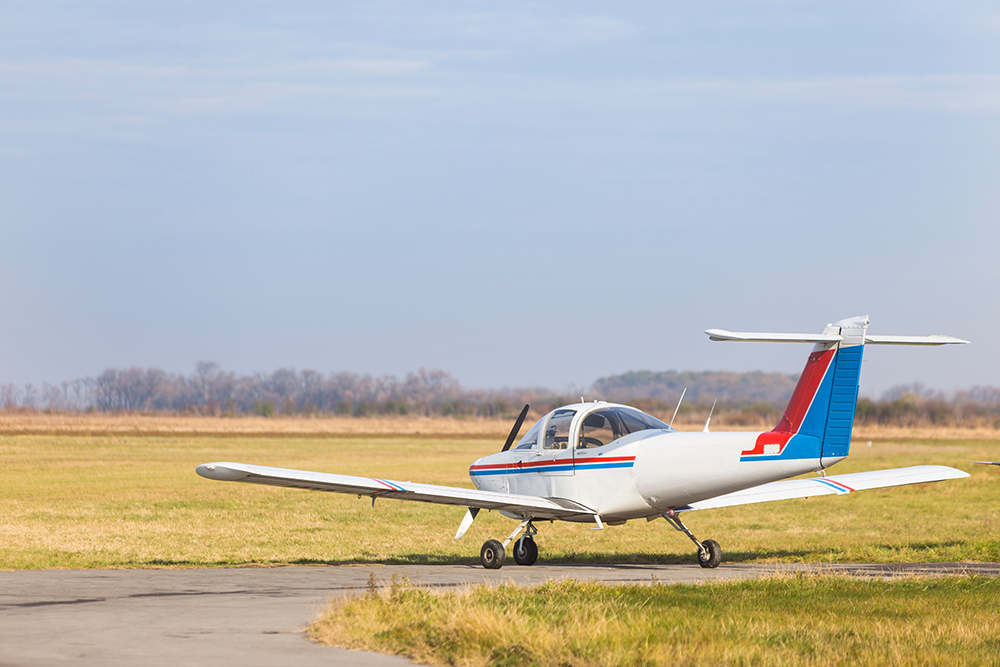For aviation enthusiasts, the ultimate dream often includes the ability to take off and land right at their doorstep. Having a private airstrip or runway on your property is more than a luxury; it’s about convenience and the love of flying. But can you land your plane on your property? The answer is yes, with some critical considerations.
Understanding the Basics of a Private Airstrip
Before you start planning where to place your runway markers, you must account for several variables, including the legalities, the required land, and the logistics of building a private airstrip.
Legal Considerations
The first step is to check your local zoning laws and aviation regulations. Private airstrips are subject to federal rules. Your plan must align with all these guidelines to avoid legal complications. You may need to acquire specific permits or adhere to environmental regulations.
Runway Length Requirements
The length of your private runway depends on the aircraft you intend to use. Generally, small single-engine planes require a minimum of 1,000 feet for a safe takeoff and landing. However, you might need more space if you fly a larger or heavier aircraft. Also, factor in runway surface and maintenance.
Land Requirements
When thinking about how much land you need, remember to factor in space for a hangar, taxiways, and a buffer zone for safety. Additionally, the terrain plays a critical role. Flat, obstacle-free land is ideal for a private airstrip. A minimum of 20 to 30 acres might suffice for a small, single-engine plane, but larger aircraft will require significantly more space.
Insuring Your Private Plane
Building a private airstrip is an exciting endeavor, but it also adds a layer of complexity to your insurance needs. As part of your property, a private airstrip needs insurance coverage. Ingram Aviation Insurance specializes in tailor-made policies to cover your private airplane, airstrip, and hangar.
Your insurance policy should cover liability in case of accidents, property damage, and potentially, coverage for the aircraft stored and operated on your property. You need a comprehensive policy that accounts for all the unique aspects of owning a private plane.
Landing your plane on your property is a possibility with enough planning and preparation. However, it involves a significant investment in land, regulatory compliance, and a comprehensive insurance policy. At Ingram Aviation Insurance, we can demystify these complexities and make your private airstrip dream a safe and secure reality. Contact us today for all your aviation insurance needs.

